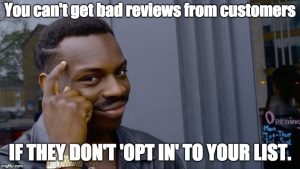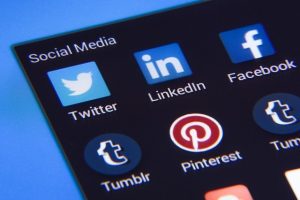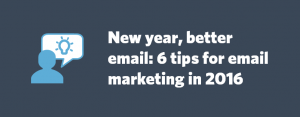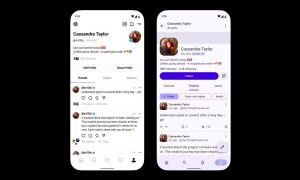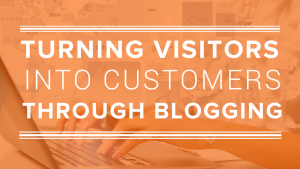How Marketers Should Adjust to the Updated Platform
LinkedIn Groups were introduced in 2004. At that time, there were 500,000 members. In contrast, today, LinkedIn has more than 380 million members. Needless to say, much has changed in the 11 years since Groups were created. That’s why they recently underwent a massive overhaul. As of October 14, all English-speaking members have access to the all-new LinkedIn Groups.
What does it mean for you? How will it impact your ability to connect with peers, partners and prospects? LinkedIn hopes the redevelopment, along with the creation of a new app will make it easier than ever to reach and engage with people – the right people – in relevant and effective ways.
LinkedIn’s Minal Mehta recently published a blog post announcing the news, saying:
“The way we connect, communicate and share knowledge has changed dramatically. This is why I’m so excited to introduce you to an all new, rebuilt from the ground up, LinkedIn Groups and, for the first time, a LinkedIn Groups iOS app — designed to make it easier for you to find and engage in high-quality conversations, whenever you want to, from wherever you want.”
As an agency who has created, managed and participated in far too many LinkedIn Groups to count, we were very excited to hear this news. In case you haven’t had much experience with LinkedIn Groups, allow us to share our perspective.
Changes to LinkedIn Groups
LinkedIn’s groups started as great places to interact with people who shared similar interests. Whether it was alumni of a shared alma mater, professionals in the same industry or people looking to discuss a particular niche topic, groups existed as a place to meet people from a specific subculture that you may not have otherwise ever been introduced to. And if the group you were looking for didn’t exist, you could create it. Great, right?
Fast forward a few years and things started to get out of control. People began creating groups with agendas of pushing their own products and services. Spammers, shameless solicitors and scammers entered the mix and started taking over discussions. This made it really hard to have valuable interactions. And for group owners, it made managing groups a nightmare.
You can see how LinkedIn Groups were in need of a facelift.
In addition to the issues LinkedIn Groups have had in recent years, it’s also clear that much has changed about the way we communicate and interact online. The need for LinkedIn Groups and how members hope to use them has changed. What we need now is different than what it was a decade ago.
Thankfully, LinkedIn has been listening to its members over the last year to understand what they want from Groups. They have heard our frustrations, have been noting our wish lists and have come up with a new approach that will (hopefully) make us all very happy.
Watch a video about the new LinkedIn Groups:
According to LinkedIn, here’s what you can expect from the new Groups:
Higher Quality Conversations: Make posts more visual and engaging by adding images and mentioning fellow group members. There is also a cleaner, less cluttered discussion area thanks to new filters geared toward keeping spam and promotional content out.
Improved Accessibility: Join or continue conversations anytime, anyplace, from any device. The new iOS app makes Groups more accessible for group members, as well as owners, who can use it to manage conversations and members.
Conversations with People you Trust: To improve trust and establish a feeling of security and maybe even exclusivity, LinkedIn has made all group conversations visible only to group members. Individuals can invite members of their networks to join in the conversation, but everyone involved must ultimately be a member of the group.
Beautiful Interface: LinkedIn has improved the look and feel of the navigation. Not only does it look better, it’s also easier to find and join relevant Groups and start quality conversations on with the people you’re looking for.
Find the Right Community: LinkedIn has designed a new way to suggest groups to its members. The new process is based on who the member is and who they know. The simple action of accepting or dismissing those suggestions leads to smarter, more tailored recommendations.
Digital & Social Articles on Business 2 Community(103)
Report Post


